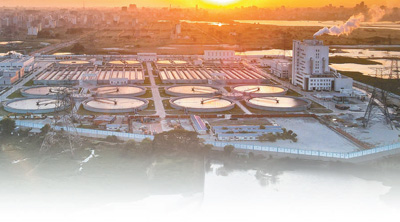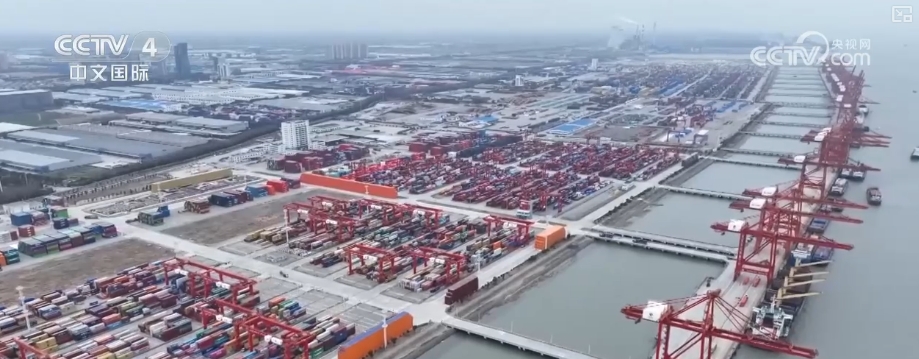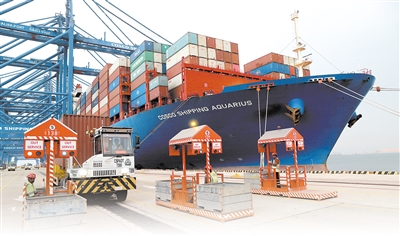Western Media: "Belt And Road" Has Become The Engine To Promote World Prosperity
Western Media: "Belt And Road" Has Become The Engine To Promote World Prosperity
Reference News Network reported on August 28 that the Spanish "Upgur" website published an article titled "The Engine of Prosperity" on August 26, with the author Pedro Baragan.
Reference News Network reported on August 28 that the Spanish "Upgur" website published an article titled "The Engine of Prosperity" on August 26, with the author Pedro Baragan. The article is compiled as follows:
From September to October 2025, the 12th anniversary of the formal proposal of the joint construction of the "Belt and Road" initiative will be held. This grand initiative, proposed by the Chinese leader in 2013, has evolved into an entity and digital interconnection network covering Asia, Europe, Africa and extending to Latin America, becoming one of the most extensive and dynamic international cooperation platforms in contemporary times.
Up to now, China has signed more than 200 cooperation documents with more than 150 countries and more than 30 international organizations. The concept of jointly building the "Belt and Road" has also been included in the achievement documents of important multilateral mechanisms such as the United Nations and the APEC, and its influence has been further enhanced.
In Eurasia, the influence of the initiative is particularly evident: the construction of railways, ports, industrial parks and logistics platforms shortens geographical distance, reduces trade costs, and creates opportunities for promoting balanced development in different regions.
One of the most important achievements of the joint construction of the Belt and Road Initiative is that it not only regards infrastructure as a physical investment, but also as a catalyst for promoting economic and cultural integration. For example, the new railway line connecting Chongqing, China, with Duisburg, Germany, and Yiwu, China, and Madrid, Spain, has significantly reduced the transportation time between China and Europe.
In Central Asia, countries such as Kazakhstan and Uzbekistan, which have traditionally relied on raw material exports, have found a path to promote economic diversified development with the help of the joint construction of the "Belt and Road" initiative and gradually transformed to light industry manufacturing, logistics and service industries.
In addition to the economic level, the joint construction of the "Belt and Road" initiative has also promoted the continuous development of cultural, academic and tourism exchanges. Measures such as scholarship visiting programs, cultural center construction, and the conclusion of international friendly cities have enhanced mutual understanding and reduced the risk of tension caused by distrust or lack of communication.
This initiative to promote connectivity and cooperation is in stark contrast to the current policy orientation of the U.S. government. The U.S. government is stepping up its efforts to use the "tariff stick" as a tool for diplomatic and economic policy.
The data tells it all: the United States has imposed tariffs on goods imported from many trading partners. These measures have had a double negative impact: on the one hand, American consumers are facing rising prices for commodities ranging from electronic products to processed foods; on the other hand, global companies are at risk of increased regulatory uncertainty and decreased feasibility of international supply chain investment.
Unlike the United States' exclusive strategy, the joint construction of the "Belt and Road" initiative pursues mutual benefit and win-win results, and is committed to reducing physical and technical obstacles in trade. All partner countries can better leverage their comparative advantages and expand diversified export markets.
Against this background, many countries affected by US tariff policies tend to seek diversified partners and trade routes to reduce their dependence on the United States, and the joint construction of the "Belt and Road" initiative has become an ideal choice. The initiative provides new markets, financing and infrastructure access channels for all participants, effectively offsetting the restrictions brought about by American protectionism. (Translated by Zhang Weiyu)





